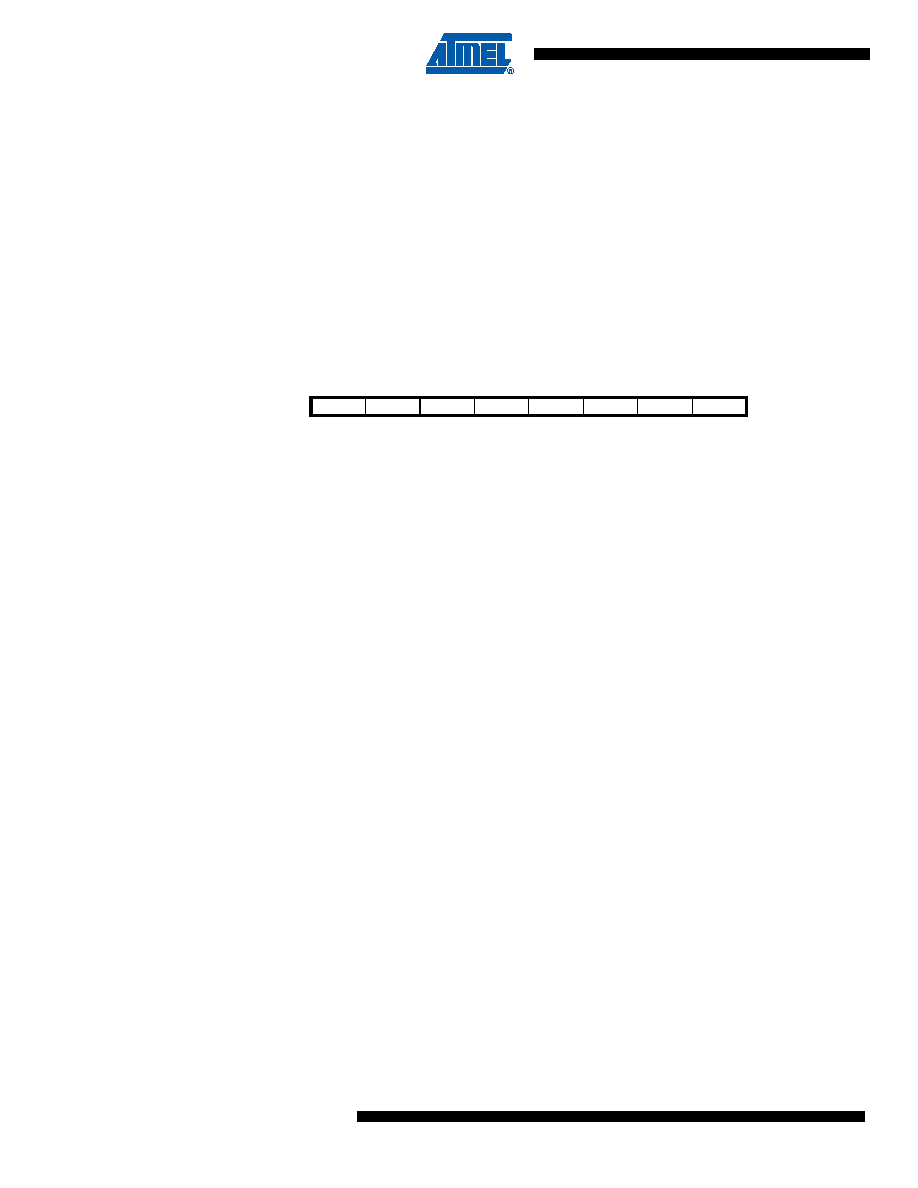- 您現(xiàn)在的位置:買賣IC網(wǎng) > PDF目錄45379 > MD80C154-36/883 (TEMIC SEMICONDUCTORS) 8-BIT, 36 MHz, MICROCONTROLLER, CDIP40 PDF資料下載
參數(shù)資料
| 型號: | MD80C154-36/883 |
| 廠商: | TEMIC SEMICONDUCTORS |
| 元件分類: | 微控制器/微處理器 |
| 英文描述: | 8-BIT, 36 MHz, MICROCONTROLLER, CDIP40 |
| 文件頁數(shù): | 44/274頁 |
| 文件大?。?/td> | 5986K |
| 代理商: | MD80C154-36/883 |
第1頁第2頁第3頁第4頁第5頁第6頁第7頁第8頁第9頁第10頁第11頁第12頁第13頁第14頁第15頁第16頁第17頁第18頁第19頁第20頁第21頁第22頁第23頁第24頁第25頁第26頁第27頁第28頁第29頁第30頁第31頁第32頁第33頁第34頁第35頁第36頁第37頁第38頁第39頁第40頁第41頁第42頁第43頁當前第44頁第45頁第46頁第47頁第48頁第49頁第50頁第51頁第52頁第53頁第54頁第55頁第56頁第57頁第58頁第59頁第60頁第61頁第62頁第63頁第64頁第65頁第66頁第67頁第68頁第69頁第70頁第71頁第72頁第73頁第74頁第75頁第76頁第77頁第78頁第79頁第80頁第81頁第82頁第83頁第84頁第85頁第86頁第87頁第88頁第89頁第90頁第91頁第92頁第93頁第94頁第95頁第96頁第97頁第98頁第99頁第100頁第101頁第102頁第103頁第104頁第105頁第106頁第107頁第108頁第109頁第110頁第111頁第112頁第113頁第114頁第115頁第116頁第117頁第118頁第119頁第120頁第121頁第122頁第123頁第124頁第125頁第126頁第127頁第128頁第129頁第130頁第131頁第132頁第133頁第134頁第135頁第136頁第137頁第138頁第139頁第140頁第141頁第142頁第143頁第144頁第145頁第146頁第147頁第148頁第149頁第150頁第151頁第152頁第153頁第154頁第155頁第156頁第157頁第158頁第159頁第160頁第161頁第162頁第163頁第164頁第165頁第166頁第167頁第168頁第169頁第170頁第171頁第172頁第173頁第174頁第175頁第176頁第177頁第178頁第179頁第180頁第181頁第182頁第183頁第184頁第185頁第186頁第187頁第188頁第189頁第190頁第191頁第192頁第193頁第194頁第195頁第196頁第197頁第198頁第199頁第200頁第201頁第202頁第203頁第204頁第205頁第206頁第207頁第208頁第209頁第210頁第211頁第212頁第213頁第214頁第215頁第216頁第217頁第218頁第219頁第220頁第221頁第222頁第223頁第224頁第225頁第226頁第227頁第228頁第229頁第230頁第231頁第232頁第233頁第234頁第235頁第236頁第237頁第238頁第239頁第240頁第241頁第242頁第243頁第244頁第245頁第246頁第247頁第248頁第249頁第250頁第251頁第252頁第253頁第254頁第255頁第256頁第257頁第258頁第259頁第260頁第261頁第262頁第263頁第264頁第265頁第266頁第267頁第268頁第269頁第270頁第271頁第272頁第273頁第274頁

138
8246B–AVR–09/11
ATtiny2313A/4313
For 5-, 6-, or 7-bit characters the upper unused bits will be ignored by the Transmitter and set to
zero by the Receiver.
The transmit buffer can only be written when the UDRE flag in the UCSRA Register is set. Data
written to UDR when the UDRE flag is not set, will be ignored by the USART Transmitter. When
data is written to the transmit buffer, and the Transmitter is enabled, the Transmitter will load the
data into the Transmit Shift Register when the Shift Register is empty. Then the data will be seri-
ally transmitted on the TxD pin.
The receive buffer consists of a two level FIFO. The FIFO will change its state whenever the
receive buffer is accessed. Due to this behavior of the receive buffer, do not use Read-Modify-
Write instructions (SBI and CBI) on this location. Be careful when using bit test instructions
(SBIC and SBIS), since these also will change the state of the FIFO.
14.10.2
UCSRA – USART Control and Status Register A
Bit 7 – RXC: USART Receive Complete
This flag bit is set when there are unread data in the receive buffer and cleared when the receive
buffer is empty (i.e., does not contain any unread data). If the Receiver is disabled, the receive
buffer will be flushed and consequently the RXC bit will become zero. The RXC flag can be used
to generate a Receive Complete interrupt (see description of the RXCIE bit).
Bit 6 – TXC: USART Transmit Complete
This flag bit is set when the entire frame in the Transmit Shift Register has been shifted out and
there are no new data currently present in the transmit buffer (UDR). The TXC flag bit is auto-
matically cleared when a transmit complete interrupt is executed, or it can be cleared by writing
a one to its bit location. The TXC flag can generate a Transmit Complete interrupt (see descrip-
tion of the TXCIE bit).
Bit 5 – UDRE: USART Data Register Empty
The UDRE flag indicates if the transmit buffer (UDR) is ready to receive new data. If UDRE is
one, the buffer is empty, and therefore ready to be written. The UDRE flag can generate a Data
Register Empty interrupt (see description of the UDRIE bit).
UDRE is set after a reset to indicate that the Transmitter is ready.
Bit 4 – FE: Frame Error
This bit is set if the next character in the receive buffer had a Frame Error when received. I.e.,
when the first stop bit of the next character in the receive buffer is zero. This bit is valid until the
receive buffer (UDR) is read. The FE bit is zero when the stop bit of received data is one. Always
set this bit to zero when writing to UCSRA.
Bit 3 – DOR: Data OverRun
This bit is set if a Data OverRun condition is detected. A Data OverRun occurs when the receive
buffer is full (two characters), it is a new character waiting in the Receive Shift Register, and a
new start bit is detected. This bit is valid until the receive buffer (UDR) is read. Always set this bit
to zero when writing to UCSRA.
Bit
765
4321
0
RXC
TXC
UDRE
FE
DOR
UPE
U2X
MPCM
UCSRA
Read/Write
R
R/W
R
R/W
Initial Value
001
0000
0
相關PDF資料 |
PDF描述 |
|---|---|
| MQ80C52TXXX-20SB | 8-BIT, MROM, 20 MHz, MICROCONTROLLER, CQFP44 |
| IQ83C154DTXXX-L16D | 8-BIT, MROM, 16 MHz, MICROCONTROLLER, CQFP44 |
| IS80C32E-16SHXXX | 8-BIT, 16 MHz, MICROCONTROLLER, PQCC44 |
| IF283C154XXX-L16R | 8-BIT, MROM, 16 MHz, MICROCONTROLLER, PQFP44 |
| IF280C32-36SHXXX:R | 8-BIT, 36 MHz, MICROCONTROLLER, PQFP44 |
相關代理商/技術參數(shù) |
參數(shù)描述 |
|---|---|
| MD80C154-L16 | 制造商:TEMIC 制造商全稱:TEMIC Semiconductors 功能描述:CMOS 0 to 36 MHz Single Chip 8-bit Microcontroller |
| MD80C187-10/B | 制造商:Rochester Electronics LLC 功能描述: |
| MD80C187-12/B | 制造商:Rochester Electronics LLC 功能描述: |
| MD80C287-10/B | 制造商:Rochester Electronics LLC 功能描述: |
| MD80C31BH | 制造商:Rochester Electronics LLC 功能描述: |
發(fā)布緊急采購,3分鐘左右您將得到回復。